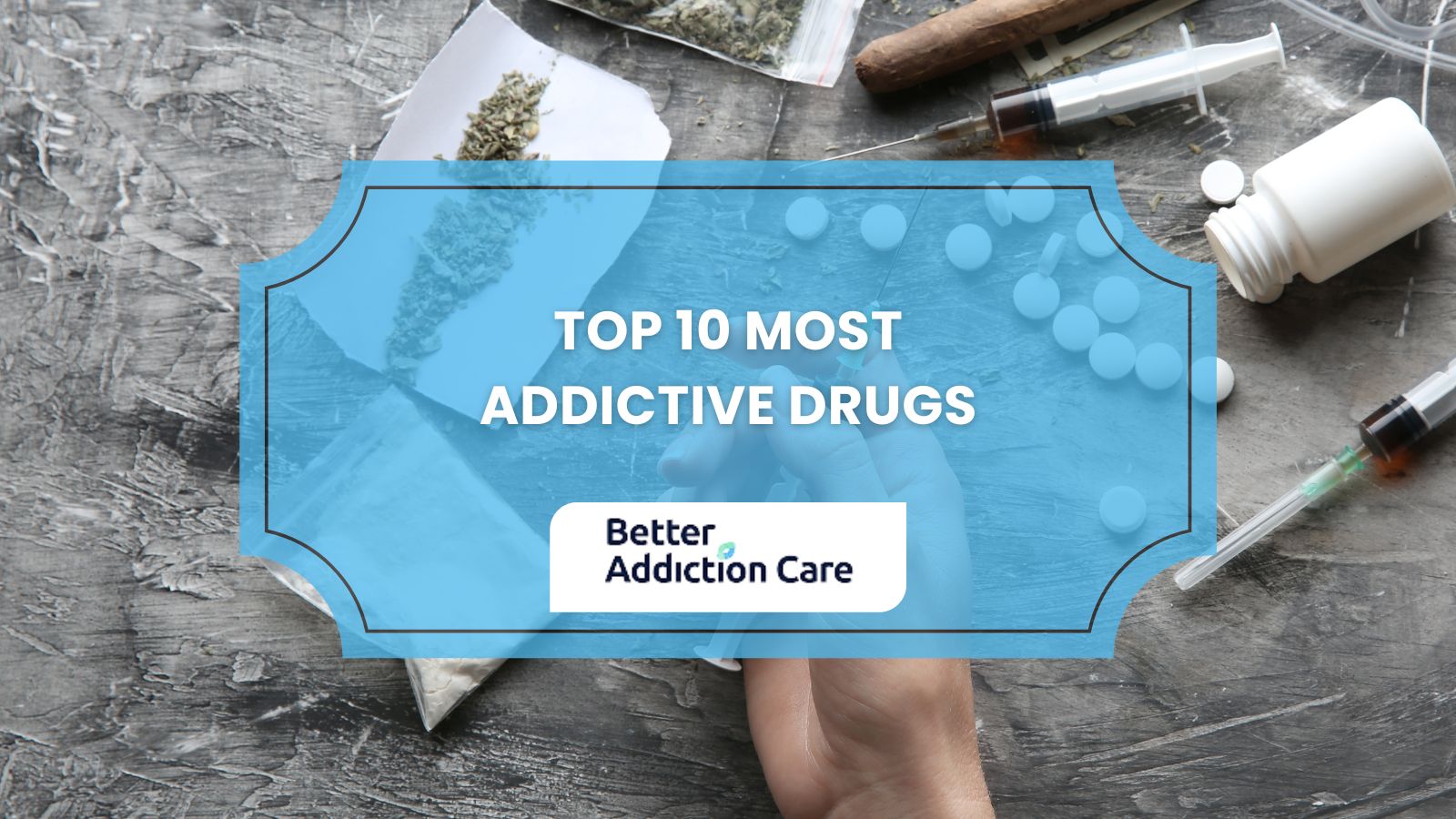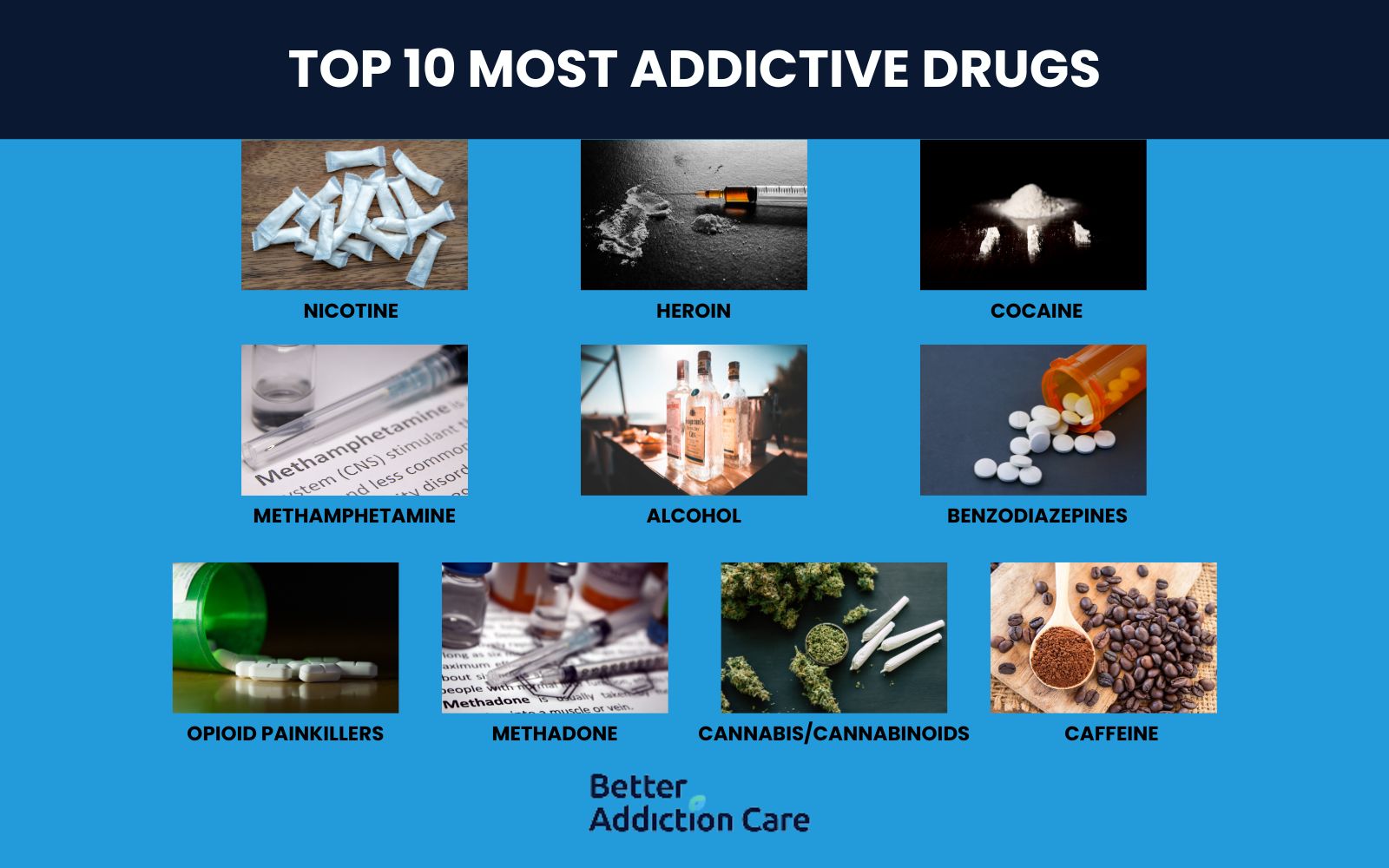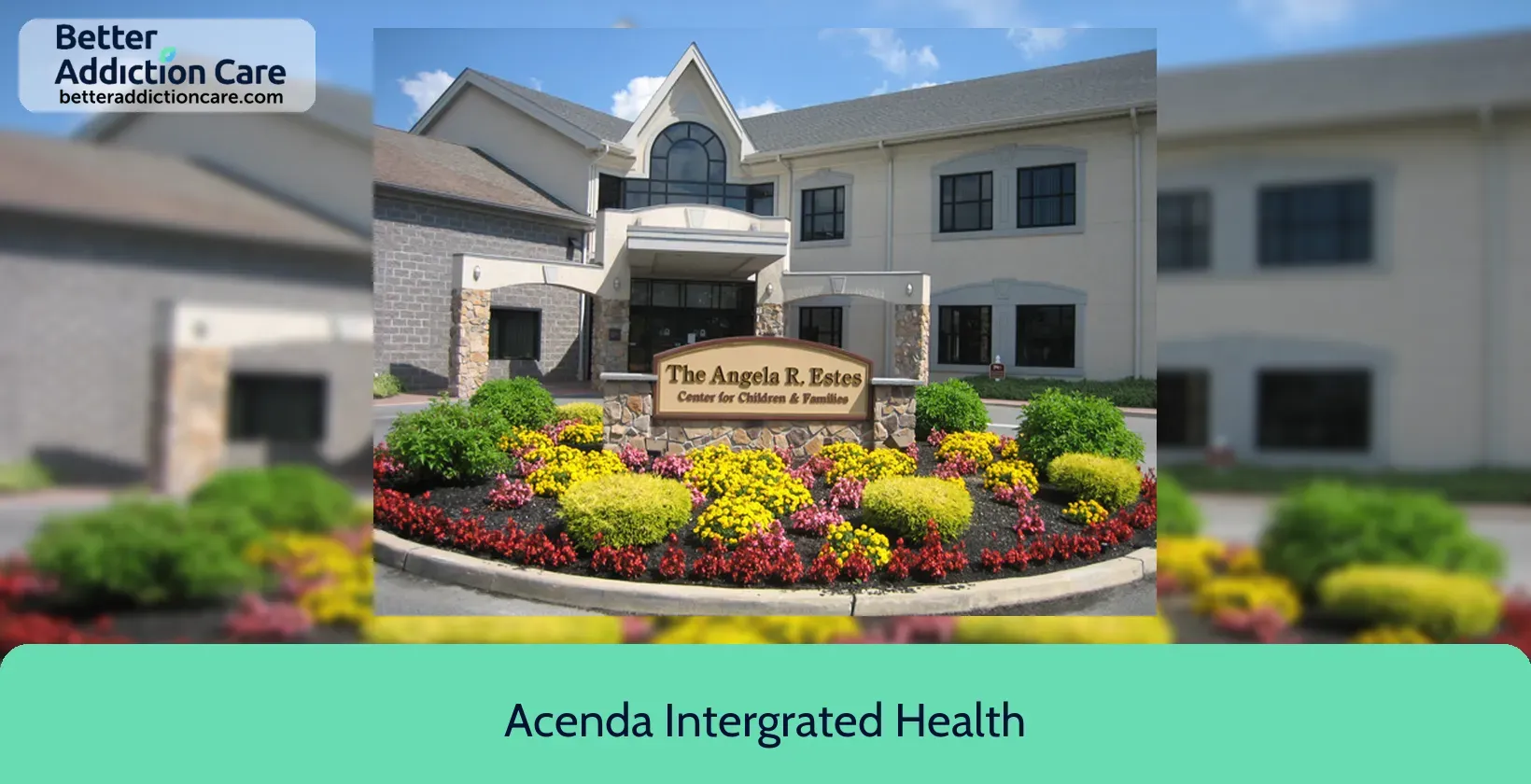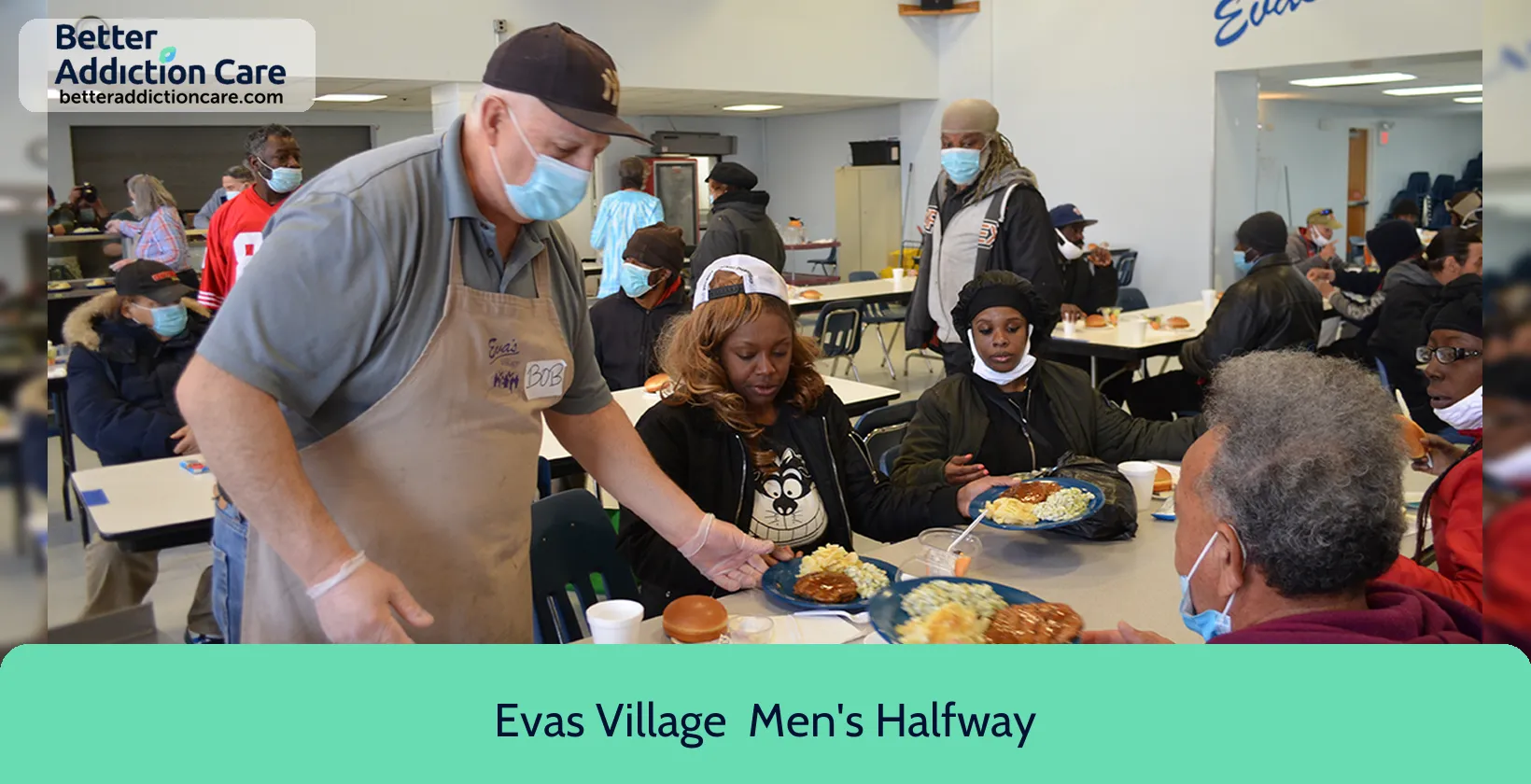Top 10 Most Addictive Drugs
The top 10 most addictive drugs include nicotine, heroin, cocaine, methamphetamine, alcohol, benzodiazepines, opioid painkillers, methadone, cannabis, and caffeine. Addiction to these substances poses significant challenges, impacting you and your loved ones alike.

Accordingly, CDC data indicates that marijuana, alcohol, and prescription opioids rank among the most commonly used addictive substances in the USA, with marijuana being the most prevalent among adolescents seeking substance use disorder treatment.
Each drug has unique mechanisms of action, effects on the brain and body, and associated risks of addiction, health problems, and social issues. Addiction to these substances leads to physical dependence, psychological reliance, withdrawal symptoms, and requires various forms of treatment, including therapies, medication, and support groups.
Here are the top 10 most addictive drugs in detail:

1. Nicotine
Nicotine, the active ingredient in tobacco products, is highly addictive. People who smoke continue despite negative health effects because nicotine creates a strong dependency.
Inhaling nicotine releases dopamine and other neurotransmitters that induce pleasure in your brain. The relaxing and enjoyable effects of nicotine make addiction easy. According to Aslam, S. P.’s 2024 study, ‘Nicotine addiction and smoking: Health effects and interventions, ’ nicotine addiction produces 480,000 fatalities annually in the United States, surpassing all other addictions combined.
Symptoms of nicotine addiction include cravings, irritability, anxiety, and difficulty concentrating. Treatment involves behavioral therapy, support groups, and nicotine replacement therapies to help you quit successfully.
2. Heroin
Heroin, a powerful opioid derived from morphine, produces addictive effects quickly. Heroin alleviates pain and induces euphoria by binding to brain opioid receptors. Its rapid action on these receptors creates intense pleasure, reinforcing repeated use and leading to addiction.
Heroin addiction involves psychological and physiological dependence, along with withdrawal symptoms when you stop using the drug. Chronic use leads to serious health hazards, including overdose, infections, and mental health disorders.
On a societal level, heroin contributes to the opioid crisis, fueling crime, violence, and economic hardship in numerous nations. According to Monk-Turner, E.’s 2022 study, ‘Heroin Use in China and the United States’, heroin use in the United States increased by more than 40% between 2006 and 2016, reaching 2.3 million users before beginning to decline in 2017.
Treatment methods such as counseling, medication-assisted therapy, and support groups help you recover from heroin addiction. Comprehensive approaches address the effects of heroin addiction on individuals and communities. These approaches include prevention, treatment, and legislative initiatives.
3. Cocaine
Cocaine originates in South America from the coca plant. Cocaine, a stimulant, ranks among the top 10 most addictive drugs due to its intense, rapid impact on the brain’s reward system. It produces intoxicating effects by blocking the reabsorption of dopamine, serotonin, and norepinephrine, causing brief euphoria.
Chronic use leads to tolerance, dependency, intense cravings, and withdrawal symptoms. Cocaine use causes serious health risks, including heart attacks, strokes, respiratory and neurological problems, and mental health disorders like paranoia and hallucinations.
According to Gangu, K.’s 2022 study, ‘Trends of Cocaine Use and Manifestations in Hospitalized Patients: A Cross-Sectional Study, ’ cocaine-related hospitalizations in the USA surged from 7,451 to 11,891 per million admissions between 2012-2018, significantly impacting healthcare systems.
Problems in society and the economy, such as crime, violence, and overburdened healthcare systems, are exacerbated by cocaine consumption. Treatment for cocaine addiction usually includes counseling, support groups, behavioral therapy, and medicines to help with cravings and withdrawal.
4. Methamphetamine
Synthetic methamphetamine is a powerful stimulant that affects the central nervous system. This highly addictive drug produces intense pleasure and euphoria by rapidly elevating brain dopamine levels. You develop psychological reliance quickly as you try to reproduce these sensations.
According to the CDC, during 2015-2018, approximately 1.6 million U.S. adults reported past-year methamphetamine use, with over half developing a methamphetamine use disorder and nearly one-quarter injecting the drug.
Long-term methamphetamine use results in serious psychological and physiological side effects, including hostility, psychosis, hallucinations, cardiovascular disease, and brain damage.
Methamphetamine consumption contributes to social problems, such as higher crime rates, increased violent incidents, and greater demands on healthcare and social services.
Treatment for methamphetamine addiction includes behavioral therapies, counseling, support groups, and, in some cases, medication to alleviate cravings and withdrawal symptoms.
5. Alcohol
Alcohol is a psychoactive chemical that many people use regularly.
Alcohol, a byproduct of fermentation, is intrinsic to many cultural norms across the globe.
Alcohol ranks among the top 10 most addictive drugs due to its powerful impact on brain chemistry and severe withdrawal symptoms. Despite its cultural acceptance, alcohol causes serious health damage and social problems.
According to the 2023 National Survey on Drug Use and Health, 16.4 million Americans ages 12 and older (5.8%) reported heavy alcohol use in just the past month. Alcohol addiction creates both physical dependence and psychological attachment, leading to liver disease, cardiovascular problems, impaired judgment, and increased demands on healthcare systems. Effective rehabilitation for alcohol addiction requires comprehensive support addressing both physical and psychological aspects of dependence.
It is crucial to raise awareness and implement treatments based on evidence in order to reduce the negative effects of alcohol and encourage healthier lifestyle choices.
6. Benzodiazepines
Benzodiazepines are medications prescribed for anxiety, insomnia, seizures, and muscle spasms that enhance the calming effects of the neurotransmitter GABA. When you use them long-term, you develop dependence, experience cognitive impairment, and face a higher risk of accidents.
Misusing benzodiazepines leads to overdose, especially if combined with other depressants. If you stop suddenly, withdrawal symptoms like anxiety, tremors, insomnia, nausea, seizures, and even psychosis or death occur.
According to the 2015-2016 National Survey on Drug Use and Health, 5.3 million U.S. adults (2.2%) misused benzodiazepines, accounting for 17.2% of all benzodiazepine use.
Treatment involves a slow, supervised taper to safely manage withdrawal. Use benzodiazepines cautiously because of their high potential for dependence and serious side effects.
7. Opioid Painkillers
Opioid painkillers are powerful medications prescribed to relieve moderate-to-severe pain by binding to opioid receptors in your brain, reducing pain and creating relaxation. Common opioids include oxycodone, hydrocodone, morphine, and codeine. Repeated use causes tolerance and dependence through changes in your brain’s opioid receptors, increasing your risk of opioid use disorder.
Misusing opioids by taking higher doses or using them non-medically raises your risk of overdose. The opioid epidemic, driven by prescription misuse and illicit drugs like heroin and fentanyl, remains a major public health crisis.
Fentanyl was involved in 67 percent of the more than 100,000 overdose deaths recorded in 2021 (U.S. House Committee on the Judiciary, "The Fentanyl Crisis in America: Inaction is No Longer an Option," March 1, 2023).
Treatment combines medication-assisted therapy with counseling and support to help you recover.
8. Methadone
Methadone is a synthetic opioid used to treat heroin and other opioid addictions by binding to opioid receptors in your brain, easing withdrawal symptoms without producing euphoria.
According to the CDC, methadone use in the USA peaked in 2007, contributing disproportionately to opioid-related overdose deaths despite accounting for only a small percentage of pain reliever prescriptions.
However, methadone abuse causes symptoms like dizziness, nausea, drowsiness, slow breathing, and mood changes. When you start methadone maintenance therapy (MMT), you receive daily medication along with counseling and support, helping you stabilize your life and work toward long-term recovery. This approach reduces cravings, lowers relapse risk, and supports your well-being as you overcome opioid use disorder.
9. Cannabis/Cannabinoids
Cannabis, or marijuana, is a psychoactive herb with a long history of medicinal and recreational use. Delta-9-tetrahydrocannabinol (THC) produces the "high," while other cannabinoids like cannabidiol (CBD), cannabigerol (CBG), and cannabinol (CBN) offer various effects.
According to Choi, N. G.’s 2024 study, ‘Cannabis use disorder and substance use treatment among U.S. adults, ’ 23.0% of U.S. adults used cannabis in the past year, with 7.0% meeting criteria for cannabis use disorder (CUD).
Despite its popularity, cannabis has negative effects. Impaired cognitive function leads to memory and attention problems. Chronic use worsens anxieties and psychoses, and addiction is possible. Smoking cannabis causes respiratory issues similar to tobacco. In areas where cannabis remains illegal, you face legal repercussions, including fines and arrest. Social stigma results in isolation and prejudice.
Common treatments for cannabis addiction include therapies like Cognitive-Behavioral Therapy (CBT), Motivational Enhancement Therapy (MET), and Contingency Management (CM). You find support in groups like Marijuana Anonymous, while family therapy addresses broader issues.
10. Caffeine
Caffeine, a psychoactive ingredient, stimulates the central nervous system. You find caffeine in many foods and drinks, including chocolate, energy drinks, coffee, and tea. Caffeine works by blocking the neurotransmitter adenosine, making you feel more awake and less tired.
According to Meredith, S. E.’s 2013 study, ‘Caffeine Use Disorder: A Comprehensive Review and Research Agenda.’, caffeine is the most widely used drug globally with over 90% of US adults using it regularly, with Caffeine Dependence Syndrome recognized by WHO in ICD-10 while DSM-5 lists Caffeine Use Disorder as a condition requiring further study.
Moderate caffeine consumption of 200–400 milligrams daily is associated with cognitive benefits. Sensitivity to caffeine varies among individuals. Excessive consumption leads to side effects such as anxiety, sleeplessness, and a racing heart. Consistent use results in physical dependence, causing withdrawal symptoms when you stop using it.
How Can Insurance Verification Help In Finding Appropriate Treatment Centers?
Insurance verification helps in finding appropriate treatment centers by eliminating financial barriers to quality addiction care. When individuals verify their insurance benefits, they discover exactly which facilities accept their coverage, preventing unexpected costs during recovery. This process reveals essential details about coverage limits, co-pays, and network restrictions, allowing for informed treatment decisions.
Our insurance verification service connects you directly with treatment centers accepting your specific insurance plan. When you submit your information, we immediately analyze your coverage and match you with appropriate facilities that align with both your clinical needs and financial situation. We work with treatment centers nationwide that accept major insurance providers, saving you time and eliminating confusion about insurance terminology. This personalized approach ensures you access quality care while maximizing your insurance benefits.
How Can Someone Determine If A Local Rehab Facility Specializes In Treating Specific Drug Addictions?
To determine if a local rehab facility specializes in treating specific drug addictions, review their website for specialized programs addressing substances like opioids, alcohol, or stimulants. Contact their admissions department directly with questions about their expertise with your particular addiction. Examine their treatment methodologies, staff credentials, and whether they offer appropriate medical detoxification for specific substances.
We connect individuals with local drug and alcohol rehab facilities in California, Texas, New York, Florida, and nationwide through our comprehensive database that matches specific addiction treatment needs. When you use our locator tool, we provide detailed data on rehab centers in different locations to help you find the right facility. Our extensive database includes facilities with staff specially trained in various substance dependencies, ensuring you have access to appropriate, personalized care for your recovery journey.
Related Articles
Treatment Centers in New Jersey
 123
123
 123
123
 123
123





